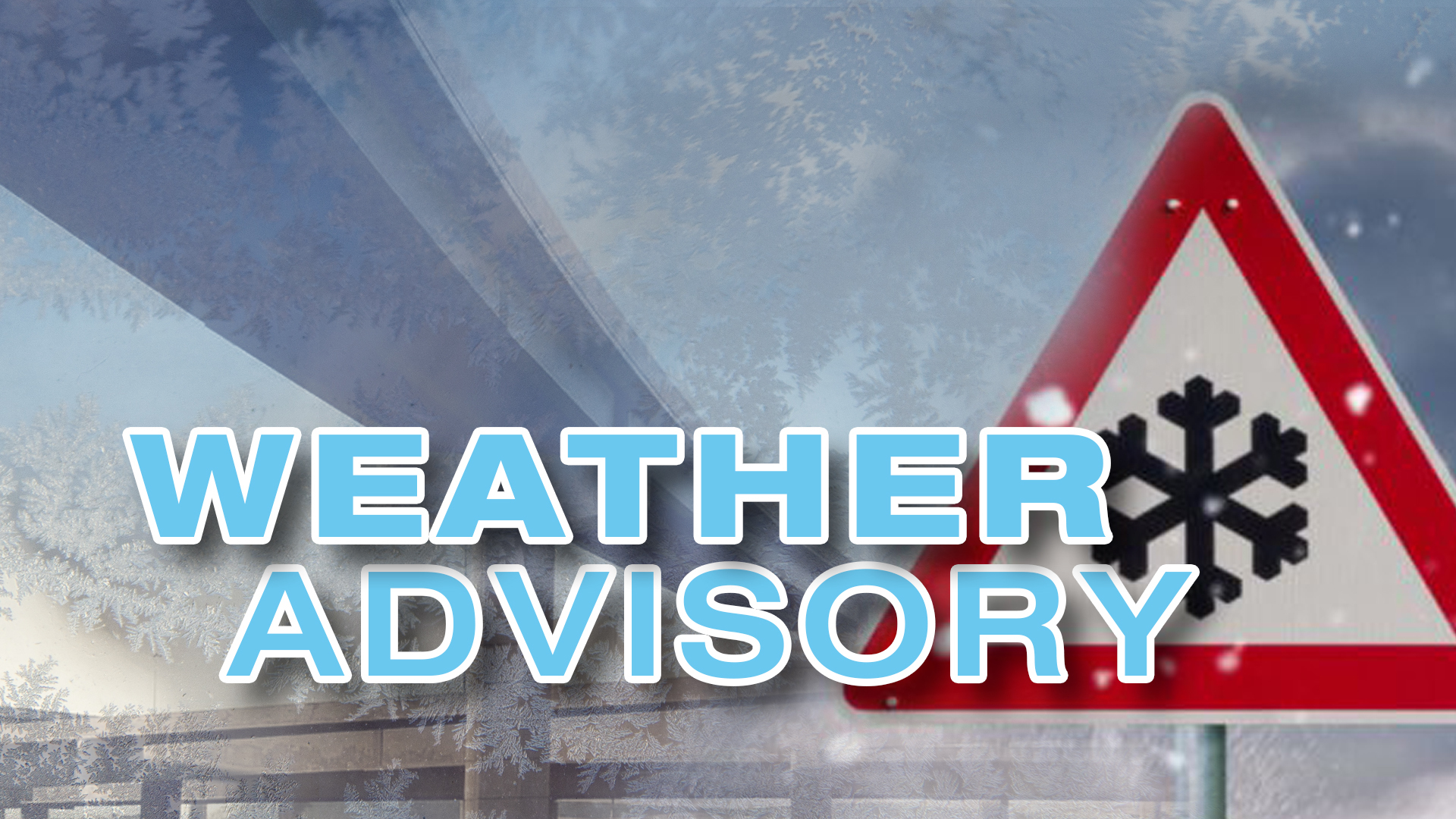Officials say this event’s losses may exceed those seen with a catastrophic hurricane, as the impact touches all 254 counties.
In light of widespread power outages, Texans lined up to collect firewood in Dallas on Wed., Feb. 17, 2021. Groups of thirteen were allowed six minutes to load as much wood as they could carry away from the recycling center. Here, Michelle Terrazas tosses a log off the pile.
As the crisis in Texas continues, insurance industry officials say the deep freeze and snowstorm may become the costliest weather event in the state’s history, as all 254 counties have been impacted.
As the situation is ongoing and claims begin to roll in, Kenneth Tolson, U.S. president – Claims Solutions, Crawford & Company, says the challenge is, just like after a major hurricane, the power and infrastructure issues Texans are experiencing.
“There’s a lot of challenge with not just the rolling brownouts themselves, but just the super low temperatures that they’re enduring,” Tolson said. “That will lead to more claims because of just how cold it’s been there.”
According to Camille Garcia, communications director with the Insurance Council of Texas, this storm will likely be costlier than Hurricane Harvey in 2017, which amounted to $19 billion in insurance claims or about $20.1 billion adjusted for inflation.
Consumer activists say the massive storm also will highlight variations in basic homeowners policies that have become more common in recent years, but it’s still too early to tell what will unfold on claims counts and impact.
“We’re also seeing a lag of claim reporting,” Tolson said, “simply because of the power infrastructure issues. People’s cell phones are dead, and when they do report a claim, it’s hard for us to reach out. But these kinds of issues will sort themselves out in the next few days.”
On the commercial side, Tolson says, “We are already seeing more burst pipe claims and sprinkler system impacts flooding facilities, so that will lead to a whole different contingent of claims not just like you’re seeing in homes.”
“I think the message to the public is that the carriers are ready to respond; we’re ready to respond,” Tolson said. “We’re mobilizing everything from adjusting resources to contractor resources to deal with the surge that we’re seeing in those key markets in Texas and Oklahoma, and on the East Coast.”
Extreme cold having a widespread impact across the U.S.
Catastrophe risk modeling firm AIR Worldwide reports more than 2,000 cold temperature records were set this week as several atmospheric phenomena combined to “wreak havoc” across the U.S.
In Dallas, wind chills reached as low as -15°F, and between 3 and 6 inches of snow blanketed the area. Farther east, the storm’s cold front caused severe thunderstorms and tornadoes in Georgia, North Carolina and Florida.
As of February 16, more than 100 million Americans have been affected, AIR reports, and a new record has been set for the largest area of the United States ever blanketed in snow at 73%.




